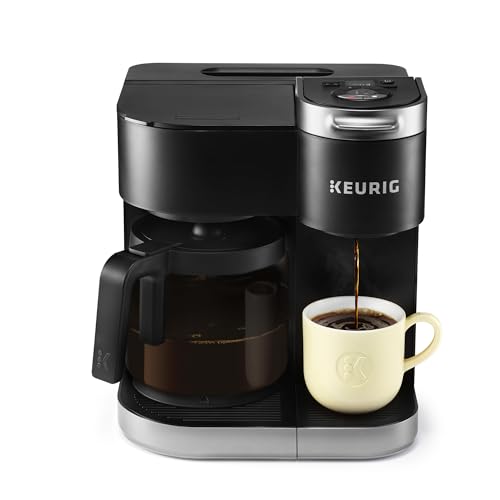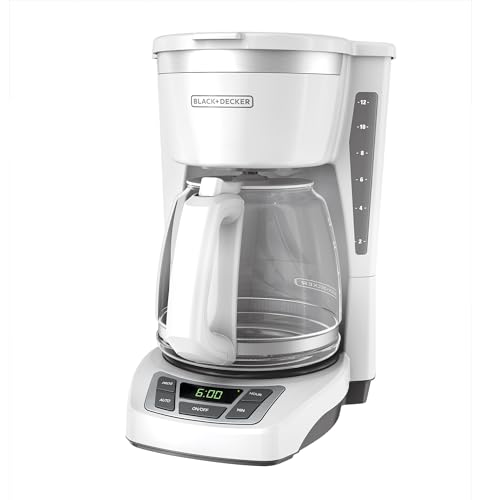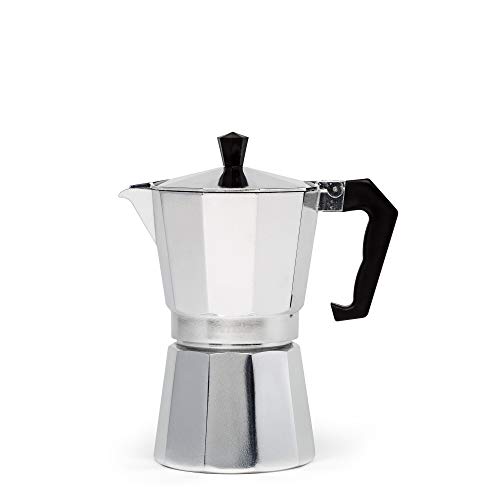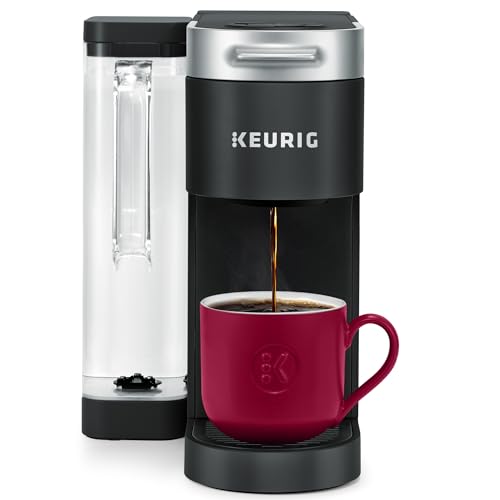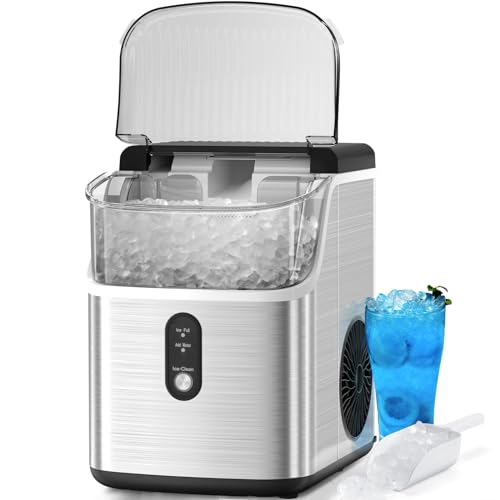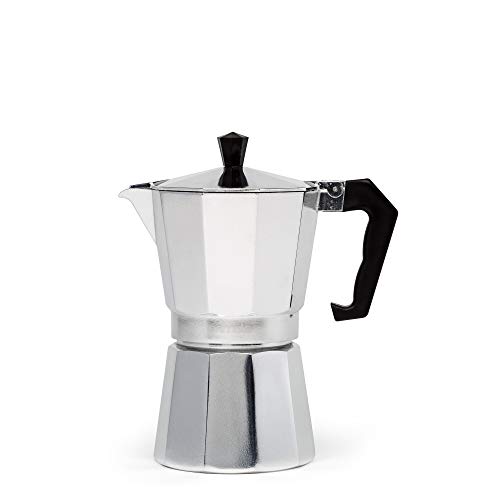“How To Sharpen Knives” is an essential skill that everyone, from culinary enthusiasts to professional chefs, should master. Sharpening a knife is more than just a maintenance task; it’s an art form that enhances the efficiency and safety of your kitchen operations.
Dull knives can be more dangerous than sharp ones, leading to more accidents due to the increased pressure applied during cutting. With a sharp knife, the task becomes more manageable, reducing the risk of injuries.
This guide aims to empower readers with the knowledge and techniques necessary for keeping their knives in peak condition. So, whether you’re preparing a gourmet meal or just slicing vegetables for a salad, this guide will provide you with a comprehensive understanding of how to keep your knives sharp and efficient.
Remember, sharpening your knives is not just about maintaining your tools, but also about improving your culinary experience. Let’s dive in and learn more about this important kitchen skill.
How To Sharpen Knives
The first step in the knife-sharpening process is to understand the basic anatomy of a knife. The “edge” is the sharp side, while the “spine” is the dull side. The “bevel” is the part of the edge that has been ground to form the sharp side.
Understanding the sharpening angle is critical to the process. This angle is typically between 15 and 20 degrees for most knives. The specific angle you choose depends on the intended use of the knife – a smaller angle produces a sharper blade, while a larger angle provides a more durable edge.
Having chosen your angle, the actual sharpening process involves two steps – grinding and honing. Grinding shapes the edge of the knife and is done with a rough grit stone. Honing, performed with a finer grit stone, refines this edge and removes any burrs, resulting in a sharper knife.
There are a few different tools you can use to sharpen your blade. Whetstones are one of the most common tools for this purpose. They come in various grits: a lower grit for grinding away metal, and a higher grit for honing and refining the edge.
Another option is an electric knife sharpener, which can be a quicker and easier method, especially for beginners. However, electric sharpeners can remove more material than necessary, shortening the lifespan of your knives.
Remember, practice makes perfect. Sharpening a knife is a skill that improves over time. Start with an older, less valuable knife to get the hang of the process before you move on to your more expensive knives.
By maintaining a sharp edge on your knives, you’ll enhance your cooking experience, improving efficiency and safety in your kitchen. With time and patience, you’ll master this invaluable kitchen skill.
See more: How To Sharpen Serrated Knives
How to Properly Hold the Knife for Sharpening
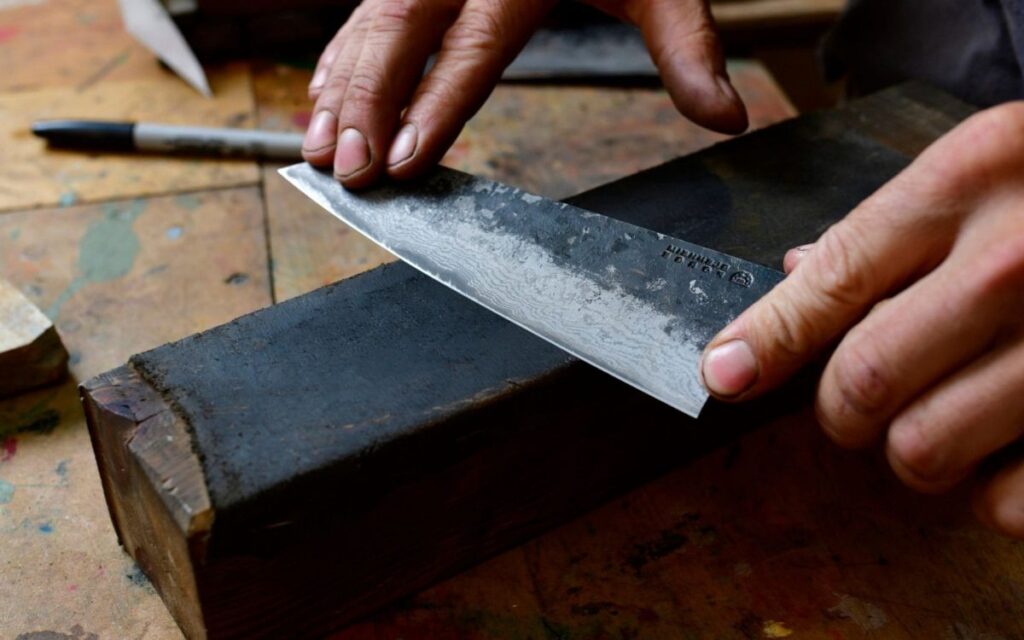
To correctly hold a knife for sharpening, it’s important to grasp it firmly but comfortably. With your dominant hand, grip the handle close to the blade, keeping your fingers away from the edge. This hold allows for greater control, ensuring your safety and the effectiveness of the sharpening process.
Next, position the knife at the correct angle against the whetstone or sharpener. If you’re using a whetstone, you can place your other hand on the flat side of the blade to help maintain the correct angle. It’s crucial to keep the angle consistent throughout the sharpening process.
When moving the knife across the sharpening tool, apply light, even pressure. Drawing the knife across the stone in a sweeping motion, rather than in a straight line, can help maintain the curved edge of the blade. Remember to sharpen the entire length of the blade, from the tip to the heel.
Lastly, always remember to take your time. Rushing the process can lead to mistakes and potential accidents. With patience and practice, you will improve your skill, and the results will be noticeable in your kitchen tasks.
In conclusion, the process of knife sharpening is a blend of technique, understanding, and patience. Consistently maintaining your knives will not only extend their lifespan but also enhance your culinary experience. With this guide, you’re now equipped to tackle this essential kitchen task. Happy sharpening!
FAQs
Sharpening knives is a practical skill that significantly improves your culinary adventure. It’s about staying safe, efficient, and appreciating the craft. But like any other skill, it comes with its own set of queries. Here, we answer some of the frequently asked questions about knife sharpening.
How often should I sharpen my kitchen knives?
The frequency of knife sharpening depends largely on how often you use your knives. For a knife that sees daily use, sharpening once every two months is generally a good rule of thumb.
However, if you notice that your knife is not performing as it should, such as if it’s crushing rather than slicing through an onion, it might be time for a sharpening session. Always remember that a sharp knife is safer than a dull one, as it requires less force to cut through food, reducing the risk of accidents.
Can all knives be sharpened the same way?
No, not all knives are sharpened the same way. Different types of knives may require different sharpening techniques, depending on their design and intended use. For example, a kitchen knife may be sharpened at a 15 to 20-degree angle, while a survival knife might be sharpened at a 25 to 30-degree angle.
Therefore, it’s crucial to understand your knife’s design and purpose before starting the sharpening process. Always consult your knife’s manufacturer guide or a reliable source to ensure you’re sharpening correctly.
What are the signs that my knife needs sharpening?
Several signs can indicate that your knife needs sharpening. If the knife is unable to slice through food easily, or if you need to apply excessive force, your knife might be dull.
Additionally, if you notice that the knife is tearing rather than slicing through food, it’s a good indication that the blade needs sharpening. Regular maintenance of your knives, including honing and sharpening, will ensure that they remain in optimal condition and extend their lifespan.
Can sharpening a knife too often shorten its lifespan?
Yes, excessive sharpening can reduce the lifespan of your knife. Each time you sharpen a knife, you’re grinding away some of the metal on the blade. Therefore, unnecessary sharpening can cause your knife to wear down prematurely.
Remember, a knife needs sharpening only when it’s dull. Regular honing can help maintain the knife’s edge between sharpening sessions, thus reducing the need for frequent sharpening and prolonging the life of your knife. It’s all about finding the right balance.
Final Thought
Knife sharpening is an essential culinary skill, one that enhances safety and efficiency in the kitchen. Learning to maintain your tools not only extends their lifespan but also elevates your cooking experience. It’s a blend of patience, understanding, and technique.
It’s crucial to be patient as you navigate this learning curve. Remember, rushing can lead to mistakes and potential accidents. Start with an older knife, progress slowly, and gradually you’ll become proficient.
Understanding your tools is also key. Different knives require different sharpening techniques. Ensure you know the design and purpose of your knife, and consult the manufacturer’s guide or a reliable source before starting the sharpening process.
The technique involves the right hold, pressure, and motion. You must hold the knife firmly but comfortably, apply light even pressure, and move the knife in a sweeping motion across the sharpening tool. Consistency is the key to maintaining the angle throughout the process.
Lastly, remember that while frequent sharpening can keep your knife in optimal condition, overdoing it can reduce its lifespan. Striking the right balance between regular honing and sharpening is key. Happy sharpening!
